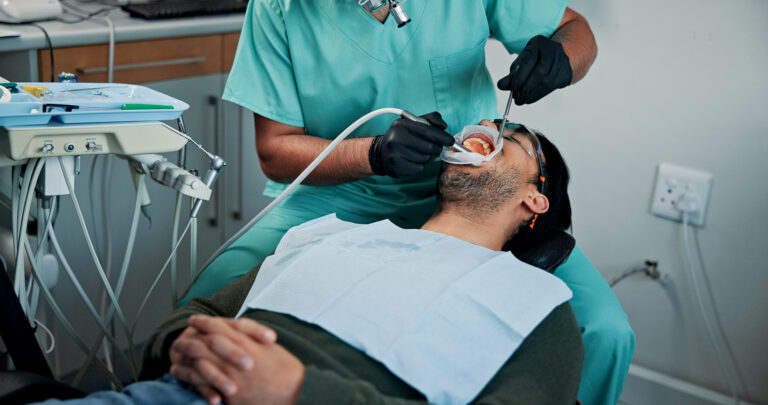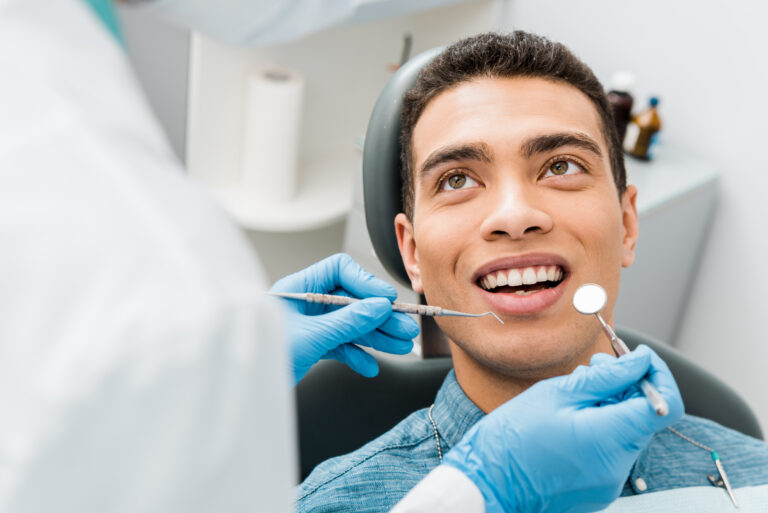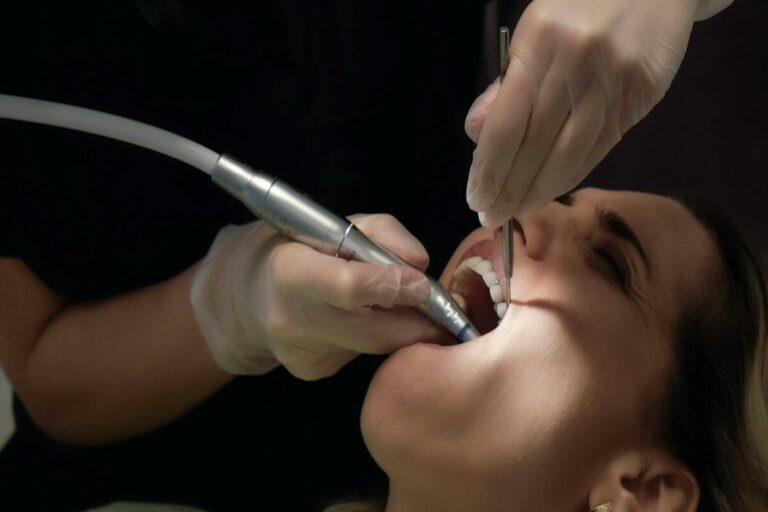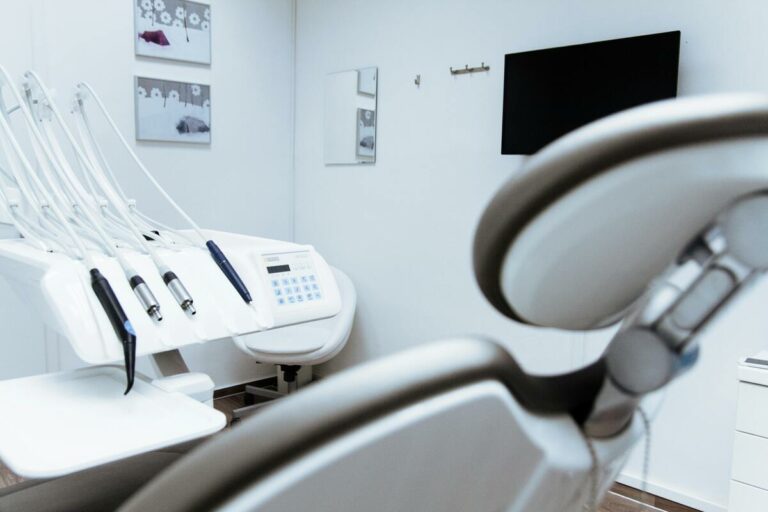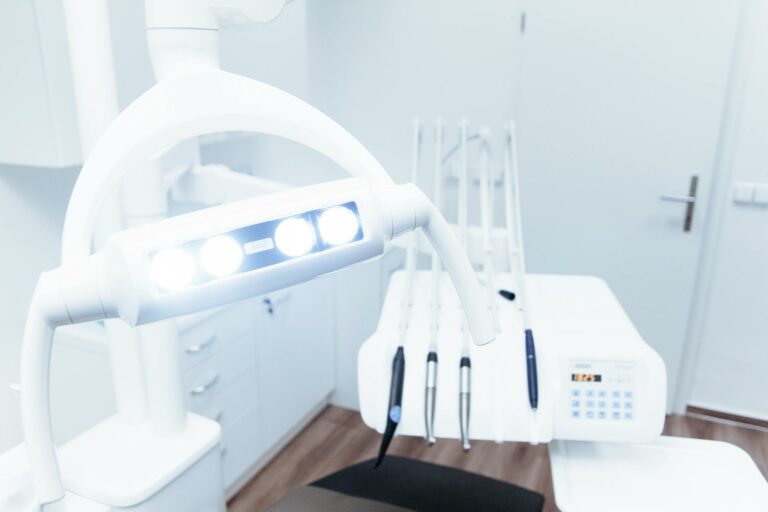How Dental Cleanings Prevent Gum Disease: Professional Care That Protects Your Smile
Regular professional dental cleanings are your strongest defense against gum disease, working by removing harmful bacterial plaque and hardened tartar that your toothbrush and floss simply can’t reach. When you understand how these routine visits interrupt the disease process before it causes permanent damage, you’ll see why maintaining your cleaning schedule is one of the smartest investments you can make in your oral health.
The statistics tell a compelling story: over 42% of adults older than 30 have some form of gum disease, with almost 8% experiencing severe periodontal disease that can lead to tooth loss. However, this largely preventable condition responds remarkably well to professional intervention when caught early. Professional dental cleanings work by targeting the root cause of gum disease – bacterial buildup that triggers inflammatory responses in your gum tissue.
At Avenue Dental Arts, we see firsthand how regular cleanings transform our patients’ oral health outcomes, especially when combined with proper home care and lifestyle adjustments tailored to Brooklyn’s unique challenges.
The Science Behind How Plaque Leads to Gum Disease
Understanding how gum disease develops helps explain why professional cleanings are so effective at prevention. The process begins innocently enough with dental plaque – a sticky bacterial film that naturally forms on your teeth throughout the day. This biofilm contains hundreds of bacterial species that produce toxins as they multiply, including hydrogen sulfide, ammonia, and endotoxins that irritate your gum tissue.
Within just 24-72 hours, plaque begins hardening into tartar (calculus) through a mineralization process involving calcium and phosphate from your saliva. Once tartar forms, it creates a rough surface that attracts even more bacteria while providing protection from your immune system’s natural defenses.
How Bacterial Plaque Forms and Hardens Into Tartar
The transformation from harmless plaque to disease-causing tartar happens surprisingly quickly. Initially, beneficial bacteria colonize clean tooth surfaces within minutes of brushing. However, without proper removal, harmful bacteria begin dominating this ecosystem. The “red complex” of periodontal pathogens – including Tannerella forsythia, Porphyromonas gingivalis, and Treponema denticola – becomes particularly prominent as gum disease progresses.
These gram-negative bacteria produce lipopolysaccharides that trigger inflammatory responses through your body’s toll-like receptors. As plaque matures and calcifies into tartar, it forms a protective shell that makes these bacteria nearly impossible to remove with brushing and flossing alone.
The Inflammatory Response That Damages Your Gums
Your immune system recognizes bacterial toxins as foreign invaders and responds with inflammation designed to fight infection. Unfortunately, this protective response becomes destructive when it persists over time. Inflammatory mediators like cytokines and prostaglandins cause blood vessels to dilate and become more permeable, leading to the red, swollen, bleeding gums characteristic of gingivitis.
If left untreated, chronic inflammation begins breaking down the connective tissues and bone that support your teeth. This progression from reversible gingivitis to irreversible periodontitis represents a point of no return where professional intervention becomes more complex and expensive.
How Professional Dental Cleanings Stop Gum Disease
Professional cleanings interrupt the disease process at its source by physically removing bacterial deposits that home care cannot eliminate. Using specialized ultrasonic scalers and hand instruments, dental hygienists can access subgingival areas (beneath the gum line) where disease-causing bacteria concentrate most heavily.
The ultrasonic scaling process creates cavitation bubbles that literally blast bacteria and their toxins from tooth surfaces, including root surfaces below the gum line. This mechanical disruption breaks up bacterial communities and removes the calcified deposits that provide their protective shelter.
Professional Tools vs. Home Care Limitations
While excellent home care forms the foundation of gum disease prevention, even the most dedicated brushing and flossing routine has inherent limitations. Your toothbrush bristles and floss can only reach about 1-2 millimeters below the gum line, while disease-causing bacteria often colonize pockets that extend 3-5 millimeters or deeper.
Professional curettes and ultrasonic tips are specifically designed to access these deeper areas safely without damaging tooth roots or gum tissue. The combination of mechanical removal and antimicrobial irrigation used during professional cleanings achieves bacterial reduction levels that simply aren’t possible with home care alone.
Scaling and Root Planing for Advanced Cases
When gum disease has progressed beyond gingivitis, deeper cleaning procedures called scaling and root planing become necessary. This therapeutic approach removes plaque and tartar from above and below the gum line while smoothing rough areas on tooth roots that attract bacterial recolonization.
Local anesthesia typically makes this deep cleaning comfortable, and the procedure treats existing periodontal disease by reaching to the bottom of periodontal pockets. By creating smooth, clean root surfaces, scaling and root planing allows gum tissue to heal and reattach more effectively.
How Often Should You Get Dental Cleanings?
The American Dental Association recommends professional cleanings every six months for most individuals, though your specific needs may vary based on risk factors and current oral health status. This timeline reflects the biological realities of plaque formation and the average time required for harmful bacterial communities to establish themselves.
Standard Six-Month Schedule for Healthy Patients
The traditional six-month cleaning interval works well for patients with healthy gums, good home care habits, and minimal risk factors. This schedule allows professionals to remove plaque and tartar before they cause significant gum inflammation while monitoring for early warning signs of disease progression.
During each visit, your dental team assesses whether this frequency remains appropriate or if adjustments might benefit your long-term oral health outcomes.
More Frequent Cleanings for High-Risk Patients
Certain conditions accelerate the disease process, making more frequent professional intervention beneficial. Patients with diabetes face increased infection risk due to compromised immune function and slower healing rates. Smokers experience reduced blood flow to gum tissue, impaired immune responses, and increased bacterial adhesion.
Those with a history of gum disease often benefit from cleanings every three to four months, as their bacterial communities tend to reestablish more quickly. At Avenue Dental Arts, we customize cleaning frequencies based on each patient’s individual risk profile and response to treatment.
Gum Disease Statistics and Why Prevention Matters
Current prevalence data reveals gum disease as a silent epidemic affecting millions of Americans. According to the CDC, more than 42% of adults older than 30 have some form of gum disease, with almost 8% experiencing severe periodontal disease. Among older adults, almost 60% of adults 65 years and older have gum disease.
The condition disproportionately affects men (over 50%) compared to women (35%), while more than 60% of current smokers have periodontal disease. Perhaps most concerning, almost 60% of people with diabetes also have periodontal disease, creating a dangerous cycle where each condition worsens the other.
Gum Disease Prevalence in Brooklyn and NYC
Brooklyn residents face unique oral health challenges that can accelerate gum disease development. The city’s intense coffee culture means New Yorkers consume 6.7 times more coffee than residents of other U.S. cities, leading to increased staining and acidity that can compromise gum health when combined with poor oral hygiene.
Additionally, tobacco use remains a significant concern, with smoking-related diseases killing approximately 12,000 New Yorkers annually. The combination of smoking and coffee consumption creates particularly challenging conditions for maintaining healthy gums without consistent professional care.
Warning Signs That You Need Professional Cleaning
Recognizing early symptoms of gum disease empowers you to seek professional care before irreversible damage occurs. Your mouth provides clear signals when bacterial buildup begins affecting your gum health.
Early Signs of Gingivitis
The earliest symptoms of gingivitis include gums that appear red, swollen, or tender to touch. Bleeding during brushing or flossing represents one of the most reliable early warning signs, indicating that inflammation has begun in response to bacterial irritation.
Persistent bad breath (halitosis) that doesn’t improve with brushing often signals bacterial overgrowth, while increased tooth sensitivity may indicate gum recession exposing sensitive root surfaces.
Advanced Symptoms Requiring Immediate Care
More serious symptoms warrant prompt professional evaluation and treatment. Gums that pull away from teeth create visible gaps or pockets where food particles and bacteria accumulate. Loose or shifting teeth indicate that supporting bone and connective tissue have begun deteriorating.
Persistent infections, pus around the gum line, or changes in your bite alignment all suggest advanced periodontal disease requiring comprehensive treatment beyond routine cleaning.
Common Myths About Dental Cleanings and Bleeding Gums
Dangerous misconceptions about oral care prevent many people from maintaining the professional cleaning schedule their gums need to stay healthy. Understanding the truth behind these myths can literally save your teeth.
The Truth About Bleeding Gums and Flossing
Perhaps the most harmful myth suggests that bleeding gums mean you should stop flossing or reduce brushing intensity. In reality, bleeding gums typically indicate gingivitis caused by plaque buildup, and continuing proper oral care is essential for healing. Healthy gums don’t bleed with appropriate brushing and flossing techniques.
When you stop flossing due to bleeding, bacterial populations multiply unchecked, worsening inflammation and perpetuating the bleeding cycle. Gentle, consistent flossing actually helps resolve bleeding by removing the bacterial irritants causing inflammation.
Professional Cleaning Safety Myths Debunked
Some patients worry that professional cleanings damage tooth enamel or weaken teeth through excessive scraping. However, enamel represents the hardest substance in the human body and won’t be worn down by professional cleaning instruments when used properly by trained professionals.
Another common misconception suggests that frequent cleanings make teeth “dependent” on professional care or somehow weaken natural defenses. Professional cleanings actually strengthen your oral health foundation by removing bacterial deposits that compromise your immune system’s ability to maintain healthy gums naturally.
Protect Your Smile with Professional Dental Care in Brooklyn
Professional dental cleanings represent the most effective method for preventing gum disease, working by removing bacterial plaque and tartar that trigger inflammatory responses in your gum tissue. When combined with excellent home care and appropriate cleaning frequency based on your individual risk factors, regular professional cleanings can prevent the progression from reversible gingivitis to irreversible periodontal disease that threatens your long-term oral health.
